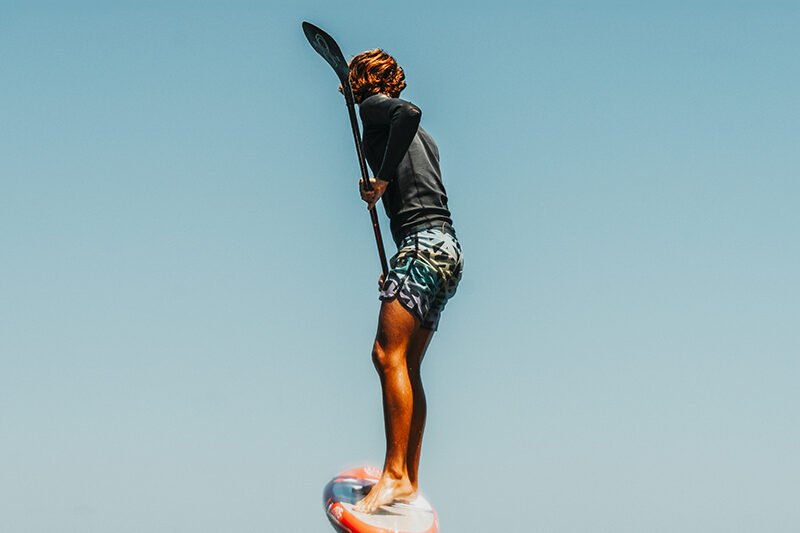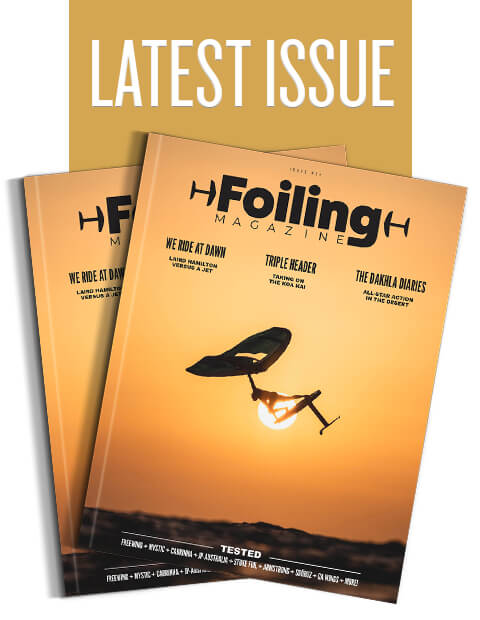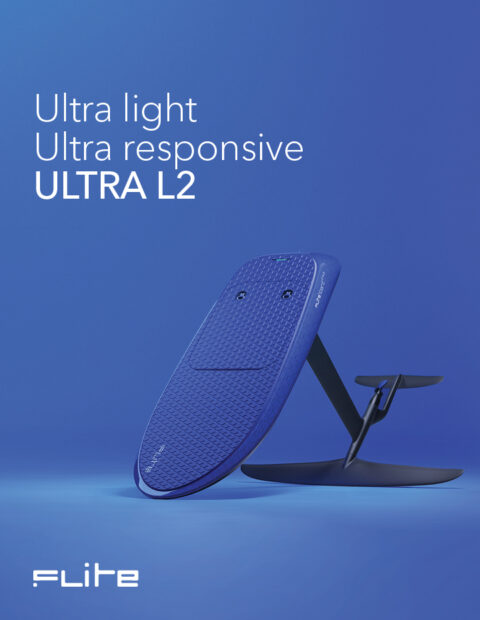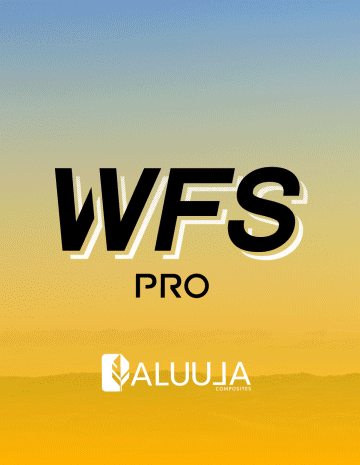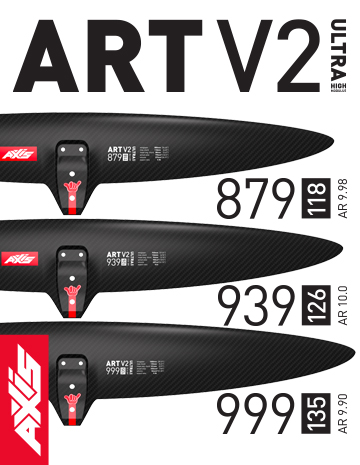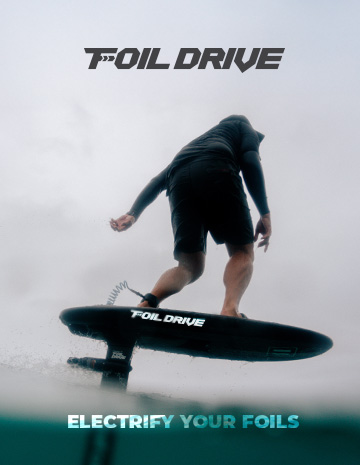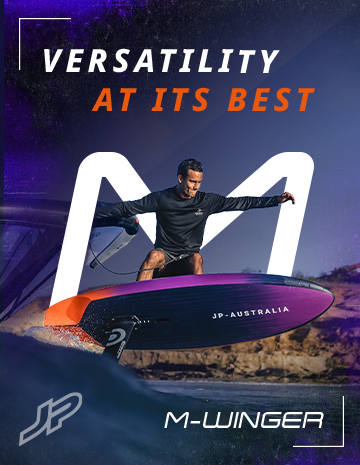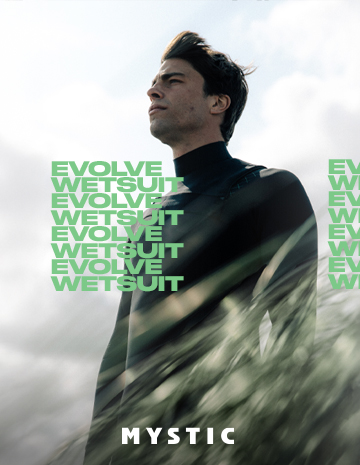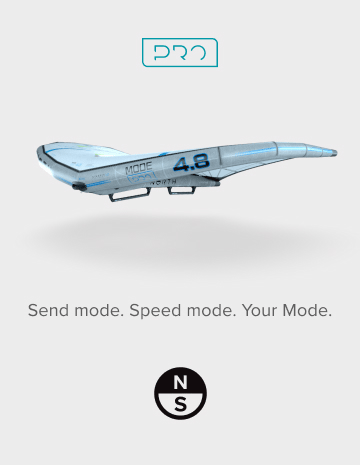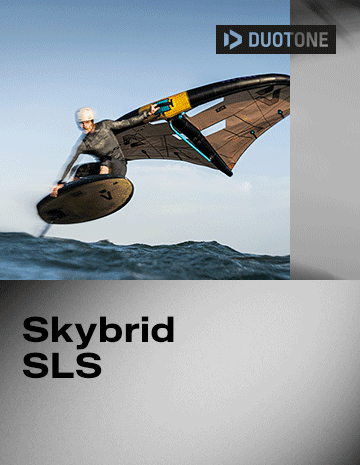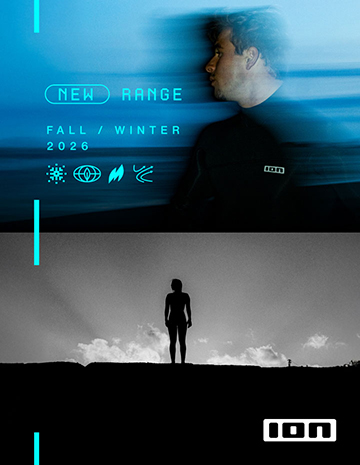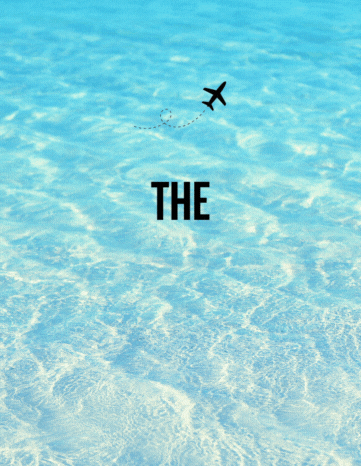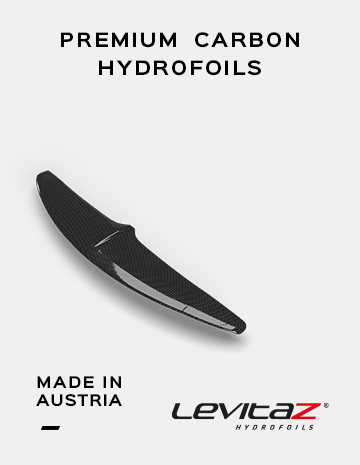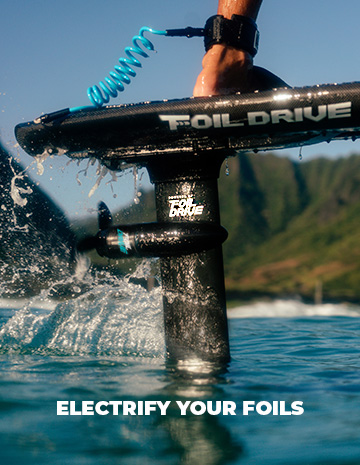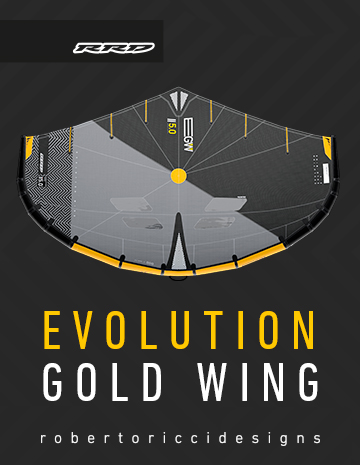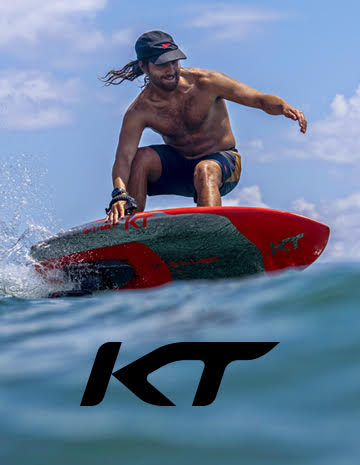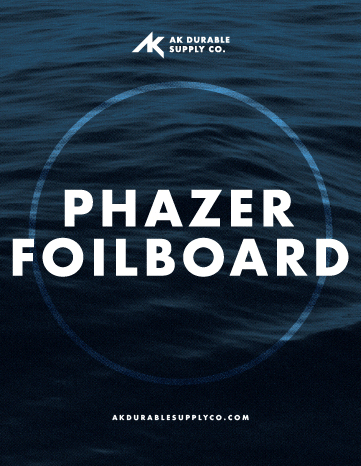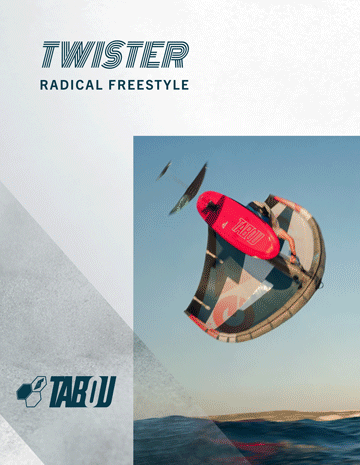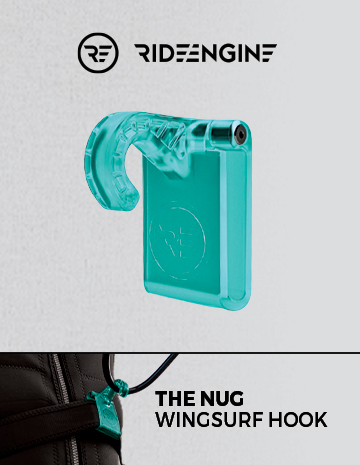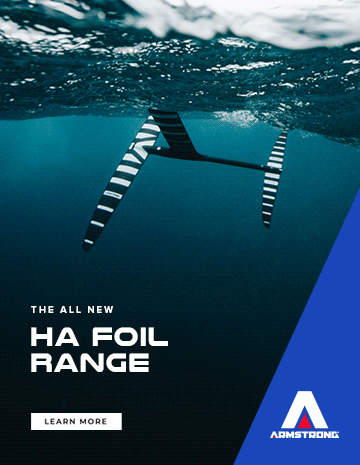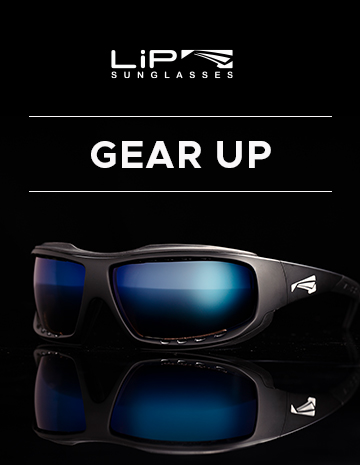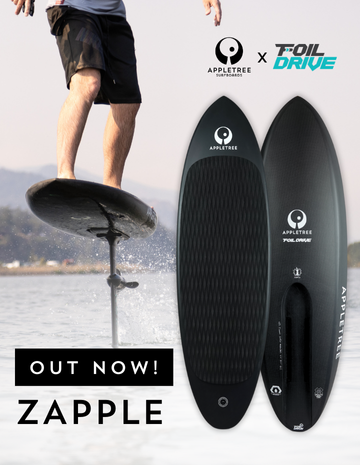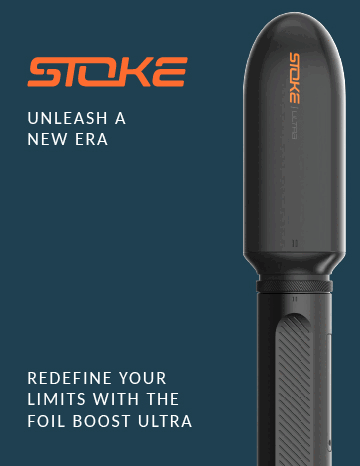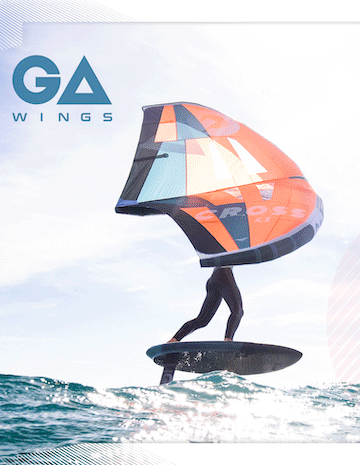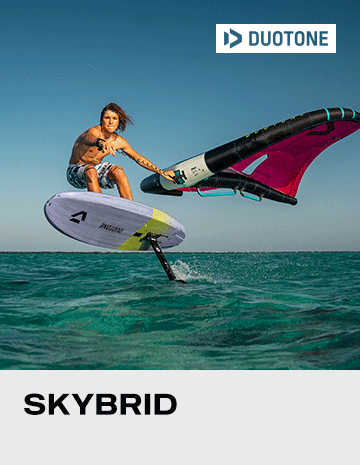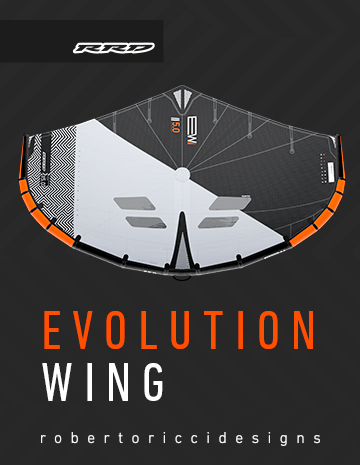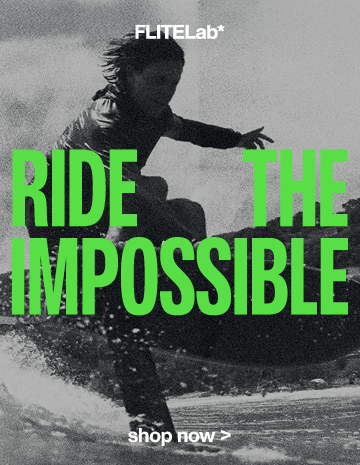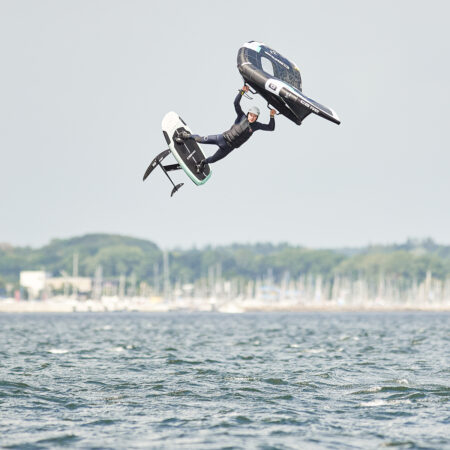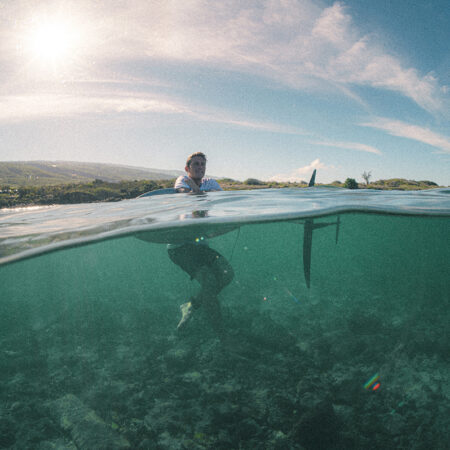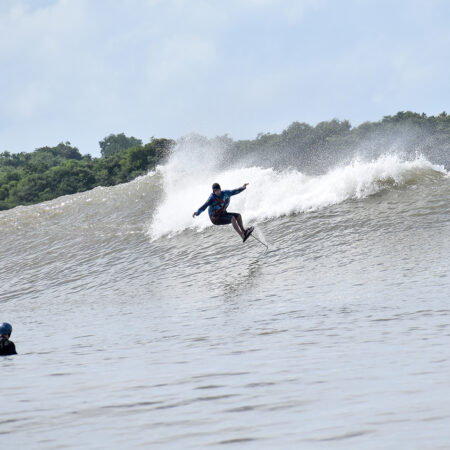State of Play: The Endless Glide
Downwinding has recently become the new darling of the foil niches, reflected in the increasing popularity of some key international events, such as July’s Molokai 2 Oahu race, and the emergence of the “Voyager” crew. Keen downwind enthusiast (and Foiling Magazine test team member) Jonathan Mann reflects on the growth of the discipline, and the social benefits that come with it.
Words: Jonathan Mann
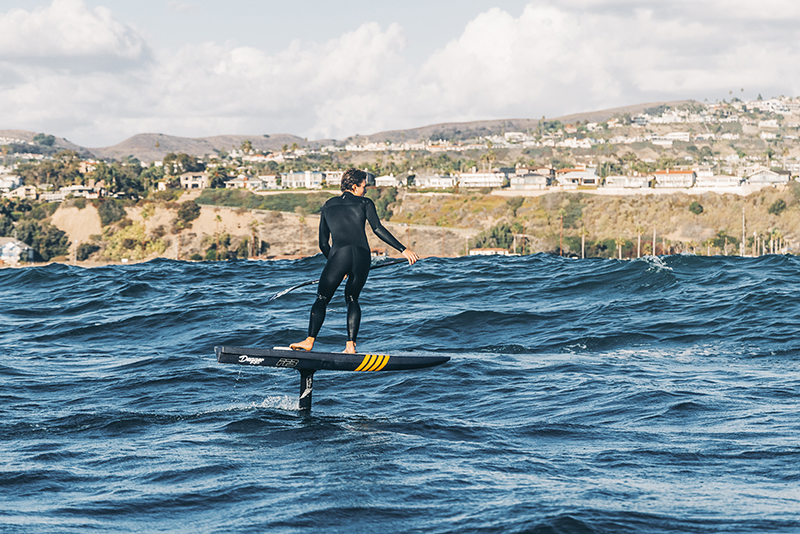
Downwinding is probably one of the oldest “disciplines” in water sports. Whilst it wasn't explicitly called downwinding, the act of navigating the ocean and using the energy that lies beneath the surface has been something that mankind has done throughout history, with many cultures built around their ability to navigate their crafts across the oceans.
In modern day watersports, downwinding has a rich history across many disciplines; oc1, surfski, stand up paddle and prone paddling to name a few, with many legendary events around the world (M2M, M2O, The Gorge Paddle Challenge to name just a recent few). With the rapid development and adoption of foiling, we have seen the implementation of foiling across almost every conceivable water sport discipline including downwinding (possibly one of the best use cases for a foil?). Pioneered by some of the legends of the sport, the global growth of downwind foiling has been remarkable. This is partly thanks to recent gear developments and partly thanks to the growing community both in ‘real life’ and on social media. But it’s very clear to see that not only are there more and more people downwinding, but the limits are also being pushed by the likes of James Casey and Olivia Piana, with their 200km+ downwind record runs.
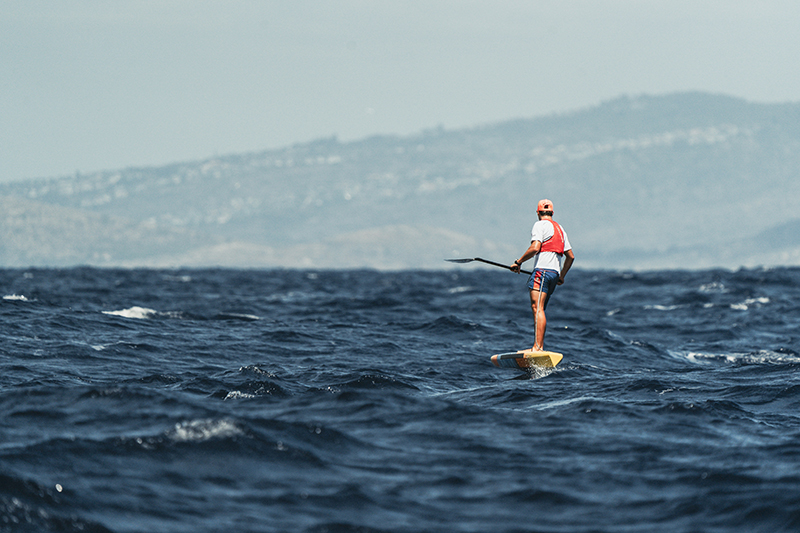
“My discovery of downwind foiling has truly changed my perception of what good conditions are and has turned the majority of spots at home into the ultimate playground.”
But what exactly is downwinding? On the surface it seems obvious – go downwind. But it's more subtle than that. The discipline (or art) of downwinding is premised on the use of nothing but the energy in the water to navigate oneself from A to B. In foiling, downwinding is no different with different methods being used to get on foil. These are: prone with a chip in wave at the start, using a wing, and most “classically” using a paddle. Once on foil, the goal is to connect the bumps and foil freely for the remainder of the journey. The wing is perhaps the easiest and most accessible way to get on foil and the best way for those getting into the sport to get started. But prone or SUP runs have an added element of freedom that means plenty of foilers are happy to endure the struggle of learning to downwind for the pure feeling of what could be described as “the endless glide”.
“I thought you could only do that on YouTube” is something a buddy of mine was once told as he foiled downwind past a winger on one of the Dutch lakes, which begs the question, “where can you downwind?” Well, the answer is simple: anywhere with a large enough body of water to generate bumps upon which you can foil. Obviously we would all love to live in Hawaii, Western Australia or Hood River, but it's possible anywhere. Europe has a thriving downwind community with great conditions on offer. Land locked foilers also have plenty of options too. For example, where I live in the Netherlands (whilst not landlocked) the Markermeer and the IJsselmeer are perfect for it in addition to the North Sea opportunities, and let's not forget the Great Lakes in North America, Lake Garda… the list goes on. In reality, the possibilities are endless. My discovery of downwind foiling has truly changed my perception of what good conditions are and has turned the majority of spots at home into the ultimate playground.
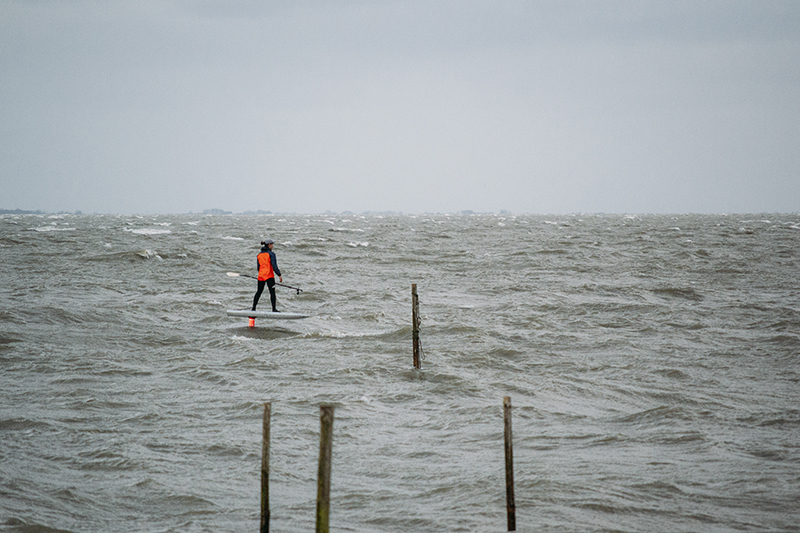
ABOVE Jon's backyard might not have all the sunshine – but it certainly has the bumps and wind. Photos: Frederique Have
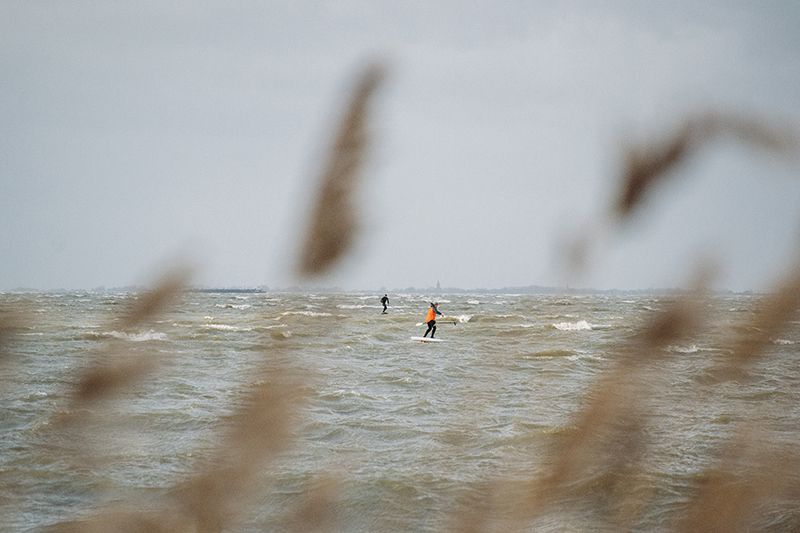
ABOVE: Jon's backyard might not have all the sunshine – but it certainly has the bumps and wind. Photos: Frederique Have
The greatest thing about downwinding (and foiling for that matter) is the community. Writing this article on the back of a trip to Hood River, I look back and can't believe how fortunate I was. Not only to score great conditions but more notably to have met such great people. As a solo traveler doing a sport that requires others to shuttle, the local crew made me feel so welcome with no shortage of shuttles to jump in on and plenty of stoke to go around. This was also evident on social media in the last month around the Gorge Paddle challenge (and in Hawaii too for the M2M and M2O) where many of the downwind community converged for the sharing shuttles, stoke and general good vibes. This leads me into the social media community. Instagram was how I managed to connect with some of the local crew in Hood River, and definitely was a huge reason behind why I had such a great trip. Social media, I think, has been a key factor to the growth of this discipline. Both from a knowledge sharing perspective to motivation and sharing of the stoke. From the first clip that Kai put out, to the dreamy content shared by Voyager foiler, credit is due to those who have documented the magic of downwinding which has inspired and motivated the rest of us to get into the sport and realize its potential. For me personally, starting out a year and a bit ago, I was blown away by how many people have been open and willing to share their learnings and experience with a random guy halfway around the world and it is something I'm also trying to pass forward when people reach out to me as well.
One of my biggest observations over the last few years that I've been foiling (and especially downwinding) is that there is so much stoke and encouragement going around. I attribute it to several things. First, there is a humbling nature to learning this wonderful sport, even learning foiling in general. Whether you come at it from “scratch” (hats off to you if you do) or come at it with an extensive watersports background. Everyone has had to slog or paddle their way through a run at some point. Maybe it's the acceptance of this that unites us? Or maybe it's the fact that there is zero scarcity of bumps which makes downwinding amazing to do as a group, flying in formation without it ever feeling crowded. Really it's an individual sport best enjoyed with many. I can't wait to see how the community grows and develops as the gear advances and hope to meet many more stoked foilers on my travels…































